Electric flight
Hybrid-electric or all-electric? The jury is still out on if and how to electrify aircraft propulsion, but many startups are developing testbeds or prototypes for small short-haul aircraft in a bid to revitalise regional aviation.
Zunum plans to start test flights of its small, hybrid-electric short-haul ZA10 aircraft in the US in 2019 with a target of going commercial in 2022.
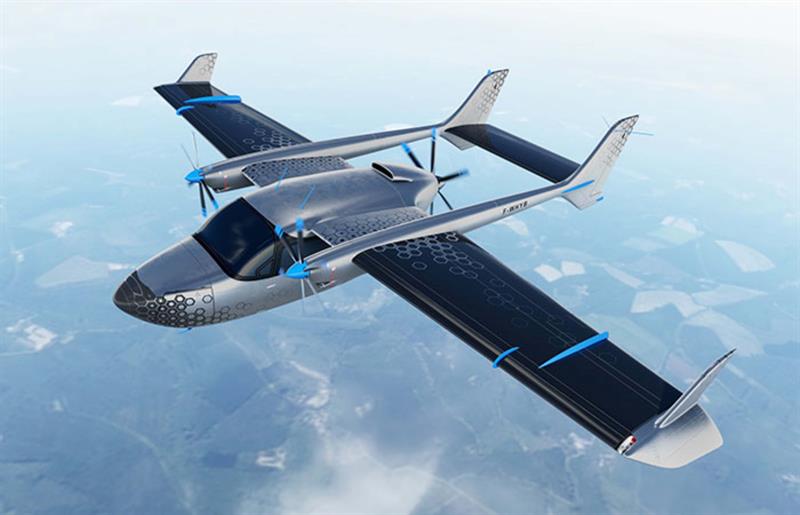
French startup, VoltAero, is also planning to de-risk and validate its four to nine-passenger, hybrid-electric airplane this year. VoltAero is slated for delivery between 2021 and 2022, by which time the company expects to be producing 150 units per year.
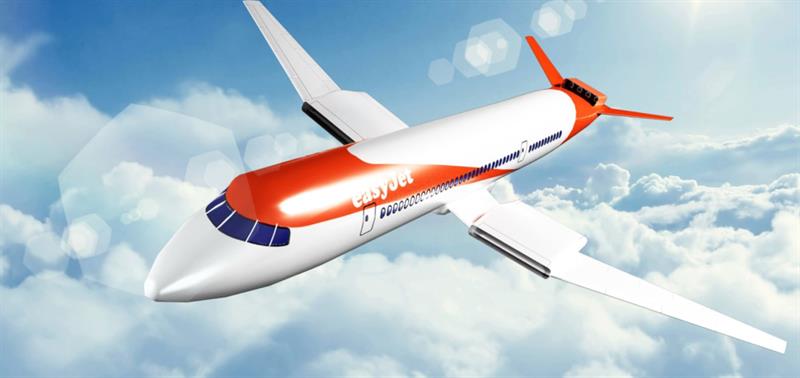
US-based Wright Electric is looking to produce a fully-electric commercial aircraft for short fights. While its ‘One’ plane is a few years away from becoming a reality – despite EasyJet developing a 180-seater with it and funding from Dubai’s Jetex – Wright has tested an electric turboprop to be installed on a nine-seater airplane due to be tested this year.
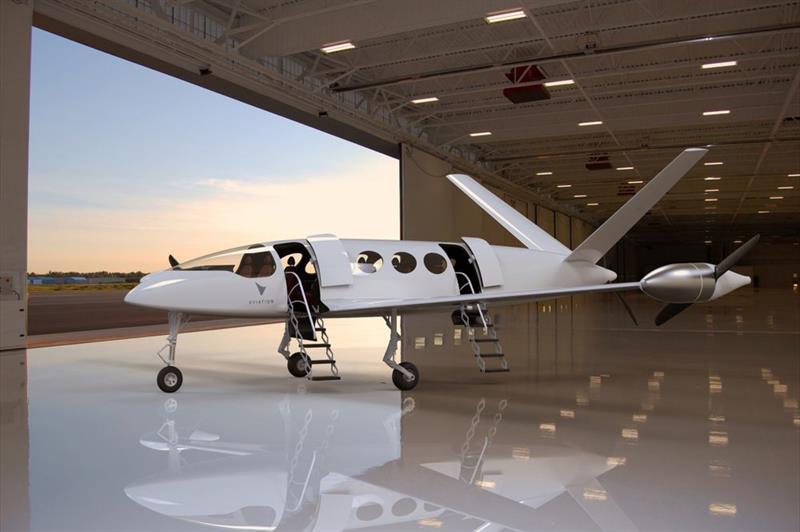
Israeli startup, Eviation has produced it’s fully-electric nine-seater passenger plane called Alice which is planned to make its debut flight in public at the Paris Air Show in June 2019. The company is also designing an autonomous or remotely piloted version, called Orca, for cargo delivery.
Commercial aviation
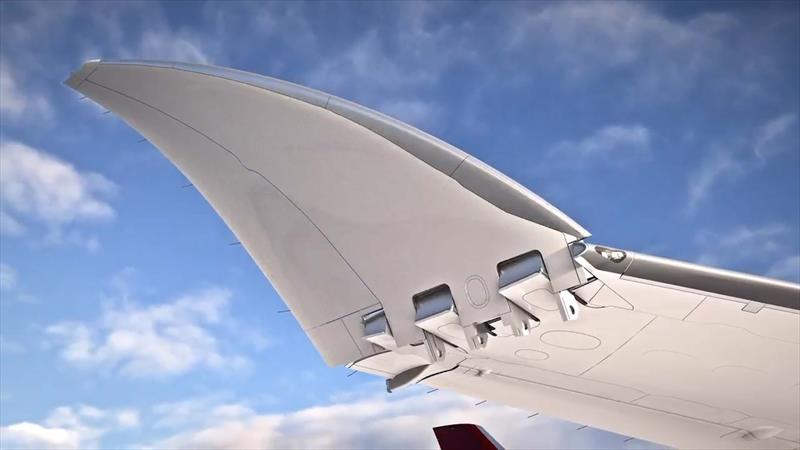
Early 2019 should see the first flight of Boeing’s 777X, with its unique folding wingtips that allow it to fit into standard size gates preventing airports spending millions on building new wider ones. The Paris Air Show will also see Boeing launch the unofficially named 797, its new midsize airplane which will replace the 757 and 767, promised as a category-redefining wide-body with narrowbody economics.
Air taxis
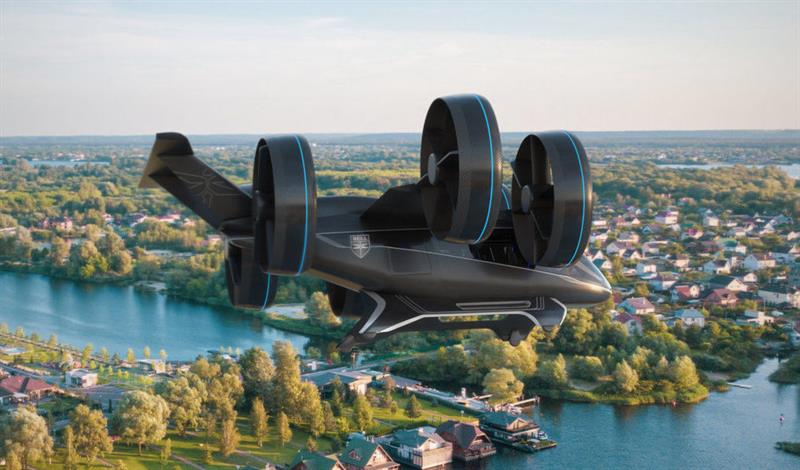
As Uber’s goal of conducting demonstration flights with experimental air taxis over several cities around the world in 2020 draws closer, more electric vertical-takeoff-and-landing prototypes are expected to be trialled in 2019, including Airbus’ Vahana, Kittyhawk’s Cora and Boeing’s Aurora.
Unmanned
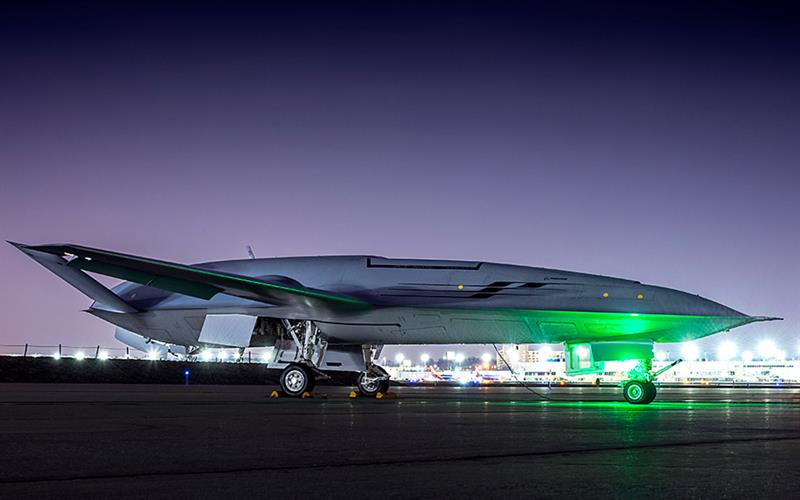
The MQ-25 Stingray unmanned, carrier-based aerial-refuelling system was one of Boeing’s multi-million-dollar US defence contract wins in 2018, and the first prototype is expected to fly early in 2019.
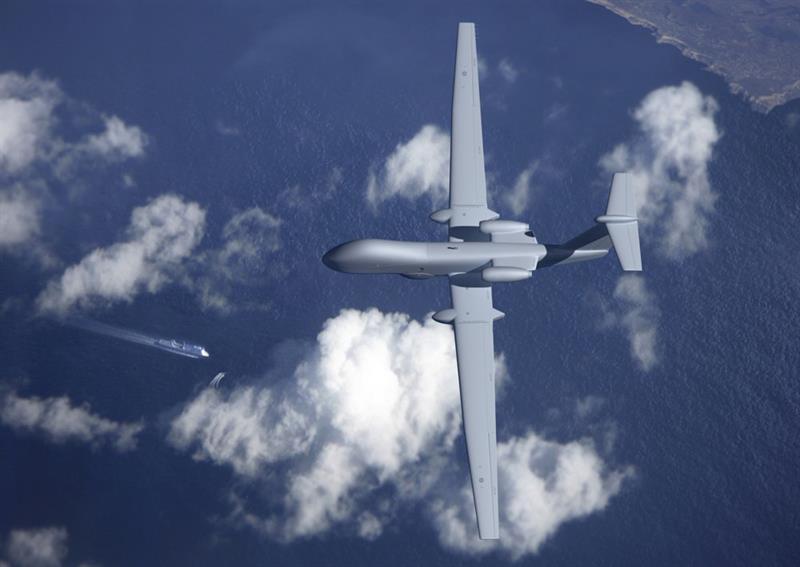
Airbus Defence and Space, Dassault Aviation and Leonardo have begun developing the MALE RPAS (Medium Altitude Long Endurance Remotely Piloted Aircraft System) for the governments of France, Germany, Italy and Spain. MALE RPAS is an unmanned aerial system that is said to be capable of performing a range of missions in intelligence, surveillance and reconnaissance.




